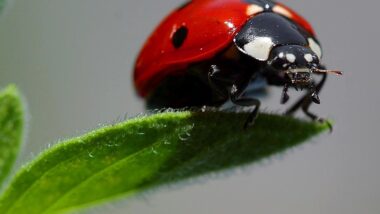
This post will teach you about the basics of how to take care of ladybugs. Ladybugs are bright-colored beetles who make splendid pets. They require a good enclosure, food, and water. Read more on how to give your ladybugs the best care possible.
Buying Ladybugs
Do you want to learn how to take get started on taking care of ladybugs? First, you need a way to obtain them. It is fairly easy to buy ladybugs. You may even be able to purchase live ladybugs at your nearest garden center. If you want to release them into your garden, this article will go into further detail on how to do so. For me, I’m going to go over how to keep them as pets rather than releasing them into your garden.
Finding Ladybugs
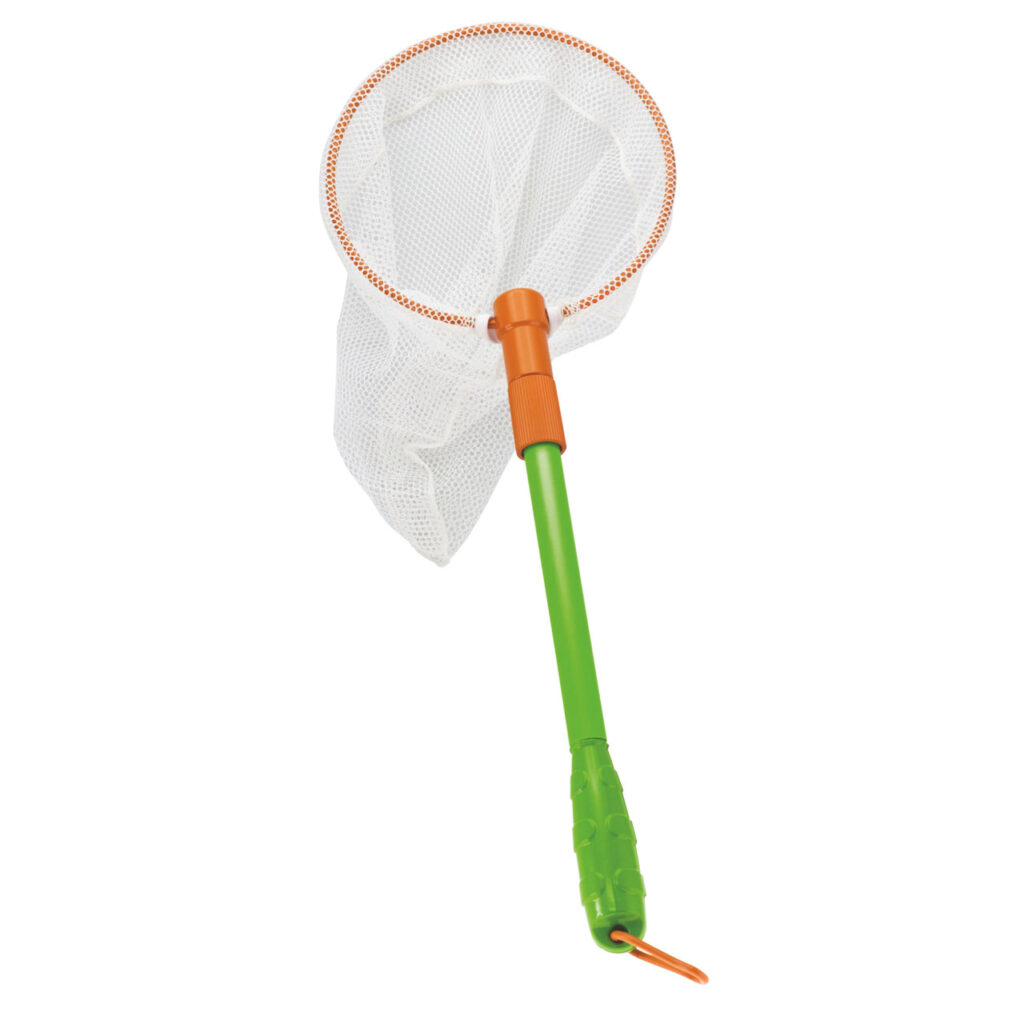
- Gather your ladybug hunting supplies which can consist of a net for catching them, and a container to hold them.
- Search for ladybugs in bushes, grass, or plants that grow low to the ground or are in pots.
- Once you find a ladybug, use your net to catch them. They may attempt to fly away. You still have a chance at catching them if you do, but it is easier to track them if they are still on the ground.
- Use your net to cast over them. You can then guide them to the end of the net and then use your hand to close off the opening. Make sure not to harm them.
- An alternate method is to use a jar and have the ladybugs run into them.
- You have now snagged your ladybug and it is time to take them home.
Ladybug Catching Techniques
- When searching for ladybugs, check the underside of leaves.
- You can also catch ladybug larvae if you want. They look like this:
/ladybird-larvae-628648934-b07e8ddb71854791a4b1bf76c8ff1cfa.jpg)
- Be careful if you grab them with your hands, ladybugs can bite you back!
- If you spot an area that has aphids, look around and you might find ladybugs close by since they eat aphids.
Taking Care of Ladybugs
LadyBug Enclosure and Set Up
A ladybug enclosure doesn’t have to be very big. I would go for something about the size of a tissue box. Make sure that their new enclosure has ventilation so they can breathe. If you are using a plastic container, try to punch holes into it so the ladybugs can breathe. You can use a heated skewer to poke holes into the plastic to make holes. Make sure the holes aren’t too big though! I like to put dirt, leaves, and twigs to help spruce up the ladybug’s new home. You can clean their enclosure every couple of weeks.
Tools
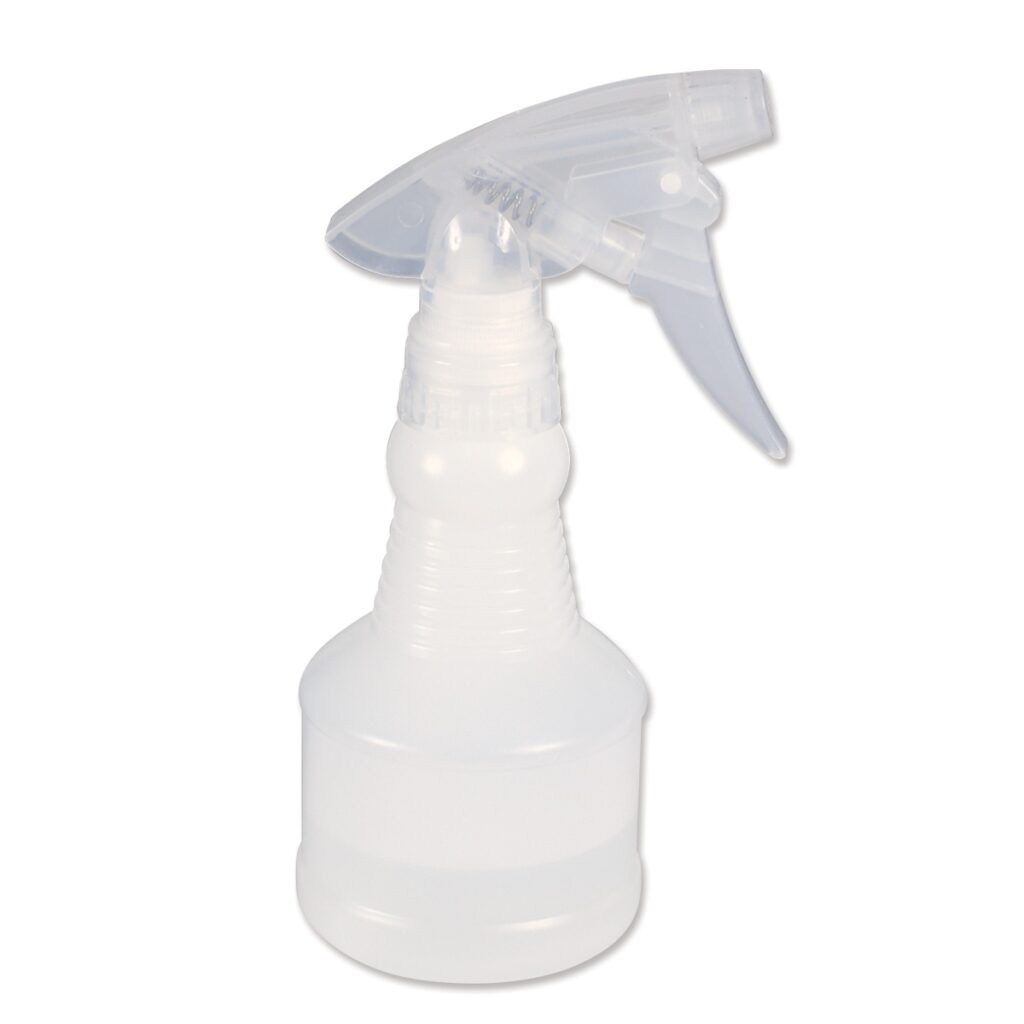
- Magnifying glass – It helps you observe your new pets more closely
- Handheld Spray bottle – To help mist the ladybugs and dampen their environment. Mist the area lightly every few days.
- Net – In case of any ladybug escapes.
- Container – A spare container to put the ladybugs in when you clean their tank for its bi-weekly cleaning.
Feeding
Ladybugs are carnivorous and are voracious eaters. A single ladybug can eat over 5,000 aphids in its life. That’s a lot of aphids! How will you be able to supply it with enough food? Luckily, feeding ladybugs is not very tricky at all and they can eat a variety of foods. I will highlight the foods I feed my ladybugs.
Aphids
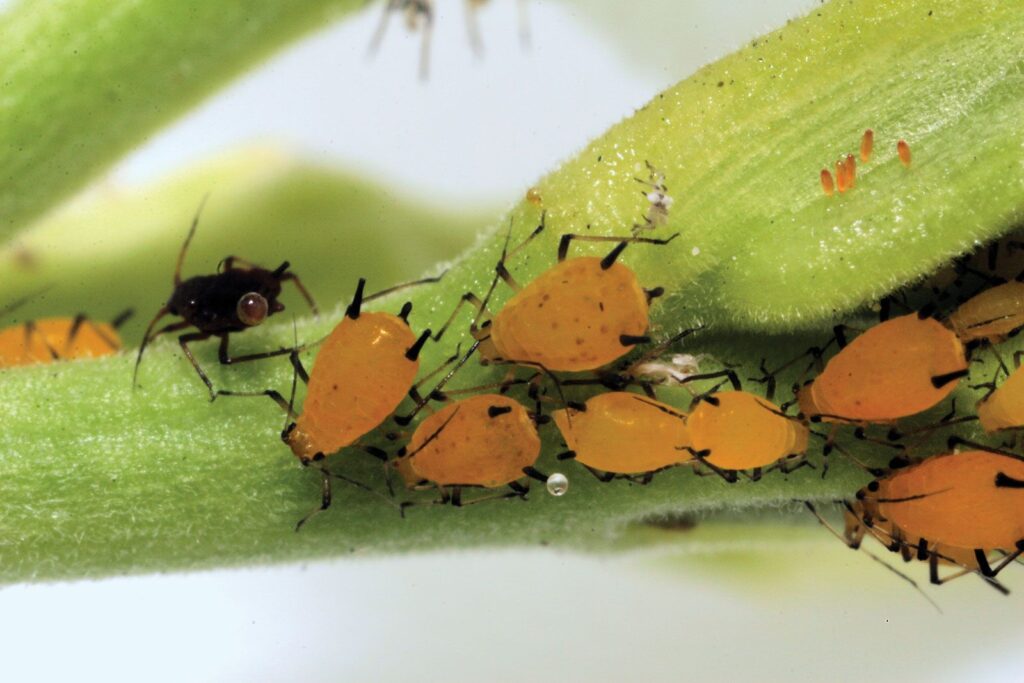
Aphids are the ideal food item for ladybugs and I prefer to feed them aphids if I can. Aphids are plentiful during spring and summer and easy to find. I will cut off a branch that has a generous amount of aphids and leave it in the ladybug enclosure. Make sure that the aphids can’t escape anywhere or you will find them all over your house. Ladybugs will eat them up like candy.
Raisins and Grapes

If aphids are out of the question, raisins and grapes are great substitutes. This definitely applies during the winter. If your ladybug hasn’t died out by fall, it will need food. Unfortunately, the aphid population will have greatly decreased during the cooler months. This calls for a different diet for your ladybug. Ladybugs can subsist exclusively on grapes and raisins and will happily eat them. Just make sure that the grapes do not get old and decay as it sit in the enclosure. if it does, remove it and toss it out.
Honey
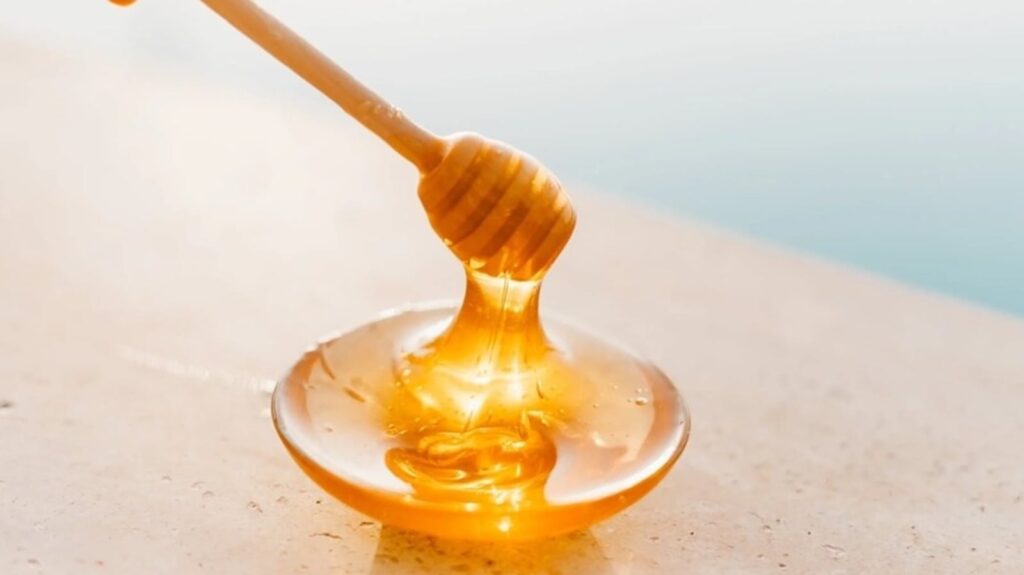
Ladybugs like honey too, don’t feed it purely on honey, however. I will typically put in raisins and a bottle cap filled with honey in the ladybug enclosure. The ladybugs might need some guidance to find the honey, but once they do, they will dig in. Make sure that they don’t get stuck in the honey as well. During cold winters, my ladybugs survive exclusively on honey and raisins. When it is summer I make an effort to catch aphids for them again.
Conclusion
I hope you found the information about ladybugs I’ve shared helpful. If you are interested, you can check out my free printable worksheets that will help teach your kids about ladybugs in a fun and engaging way. I enjoy taking care of ladybugs and hope I have inspired you to try it out too. After all, you can always release them into your garden if you feel you just want to experiment with them a little bit.

